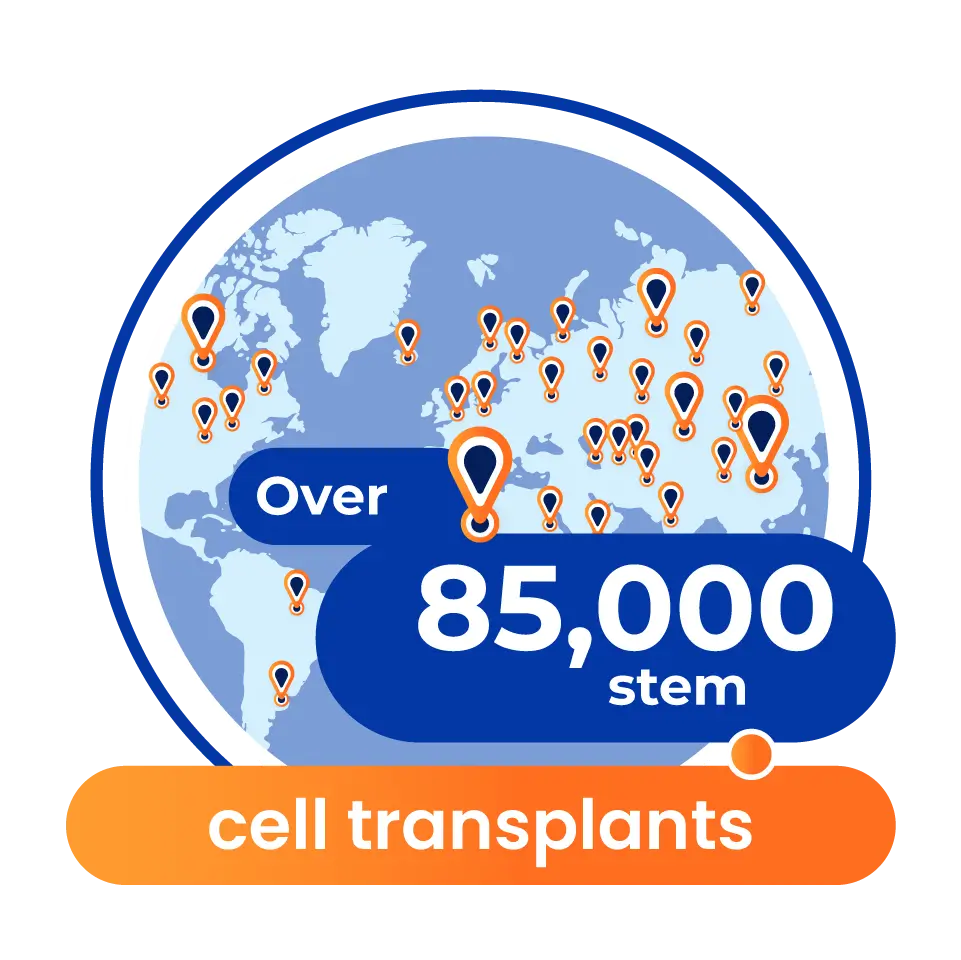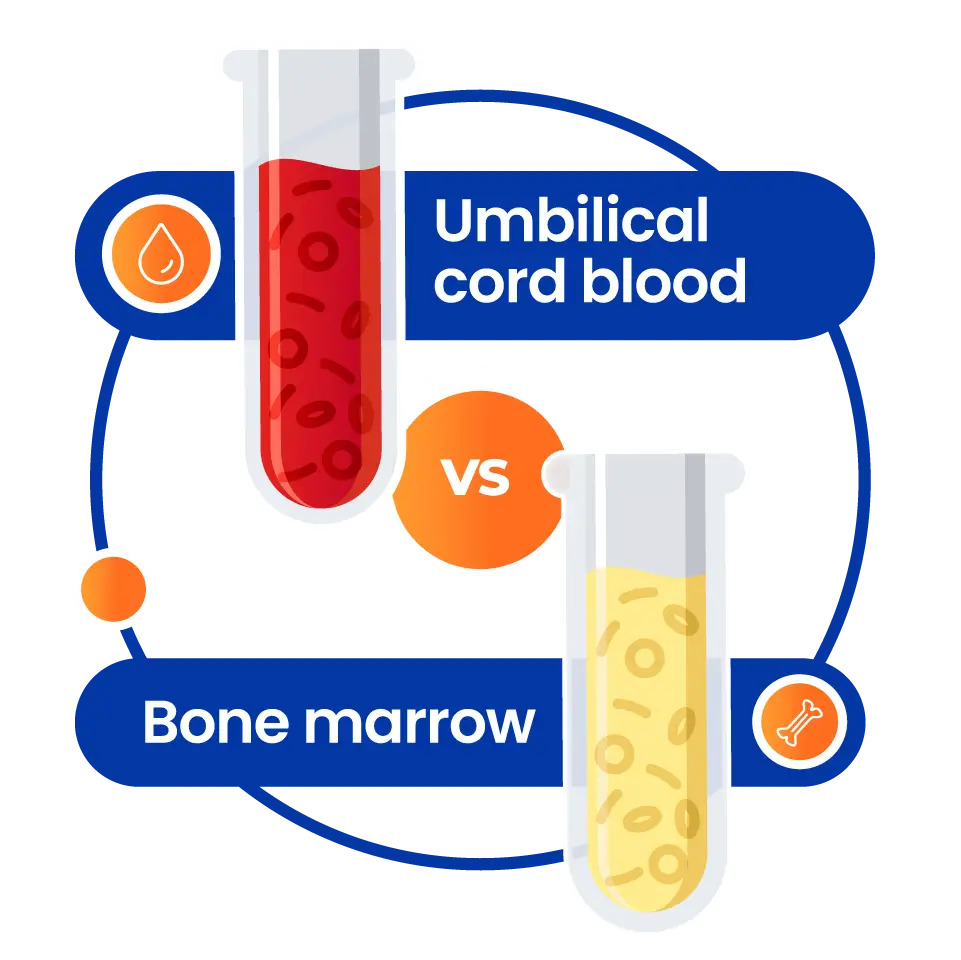Expand your knowledge
Facts and worth knowing
Clarifying questions
When you are looking for information about cord blood banking you will probably hear statements that are based on inaccurate information or conjecture. Below we present some myths that you are most likely to encounter. If there is something more, that makes you feel unsecure about our service, do not hesitate to contact us with this matter. Accurate and true information is a key to comfort of decision making.

Cord blood is a recognized method of treatment
Stem cells from umbilical cord blood are used in the treatment of 80 serious diseases. In 2018, we celebrated the 30th anniversary of the first transplantation of umbilical cord blood (October 8, 1988). Since then, over 60,000 transplants have been carried out worldwide.

Umbilical cord blood has greater regenerative ability from the bone marrow
Cells from umbilical cord blood have ten times more regenerative capacity than bone marrow. What’s more, they are characterized by lower immunological maturity, thanks to which their transplantation results in fewer complications in the recipient (in the case of allogeneic transplantation, there is less risk of rejection of the graft).

Acquiring umbilical blood does not affect the course of labor
Taking the blood from the umbilical cord takes place only after the child is unleashed. The decision on when the cord should be cut should be taken by the midwife and doctor, taking into account current medical knowledge, information on the course of pregnancy and childbirth, mother and child health, mom’s preferences and standards in the ward.

Cells do not lose their properties after freezing
Experiments conducted by American scientists confirmed that stem cells retained their unique ability (multiplication and formation of colonies) after 24 years of storage in a state of deep freezing (temperature -196 ° C). Theoretically, stem cells together with a cryoprotectant can be stored in such conditions indefinitely without compromising the quality of the preparation.


